
Deutsch-Chinesische Enzyklopädie, 德汉百科

Wladimir I. Swjatoslawitsch bzw. Wolodymyr I. Swjatoslawytsch (altostslawisch: Володимѣръ Свѧтославичь, Volodiměrъ Svętoslavičь, altnordisch: Valdamarr Sveinaldsson, russisch Владимир Святославич; ukrainisch Володимир Святославич; belarussisch Уладзімер Сьвятаславіч; * um 960 bei Pskow; † 15. Juli 1015 in Berestowo bei Kiew), genannt Wladimir der Große oder Wladimir der Heilige, war von 978/980 bis 1015 Großfürst von Kiew. Er gilt als der bedeutendste Fürst der Kiewer Rus, der unter anderem die Christianisierung der Rus initiierte.
Wladimir wird in der Russisch-Orthodoxen Kirche als apostelgleicher Heiliger verehrt. Gedenktage sind der 15. Juli (Sterbetag, kath., orth.) und der 28. Juli (Tauftag, in Russland).[1]
圣弗拉基米尔·斯维亚托斯拉维奇(乌克兰语:Володи́мир I Святосла́вич, 古诺斯语:Valdamarr gamli, 俄语:Влади́мир I Святосла́вич,受洗后取教名瓦西里;958年—1015年7月15日),基辅罗斯政治家、军事活动家,诺夫哥罗德王公(969年—977年),基辅大公(978年—1015年)。他是留里克王朝早期最重要的成员,关于他的历史资料也非常的多,他因把拜占庭帝国的诸多文化引入基辅罗斯大公国,让古罗斯文化和拜占庭文化融合,并透过接受东正教而进入欧洲的基督教政治圈。
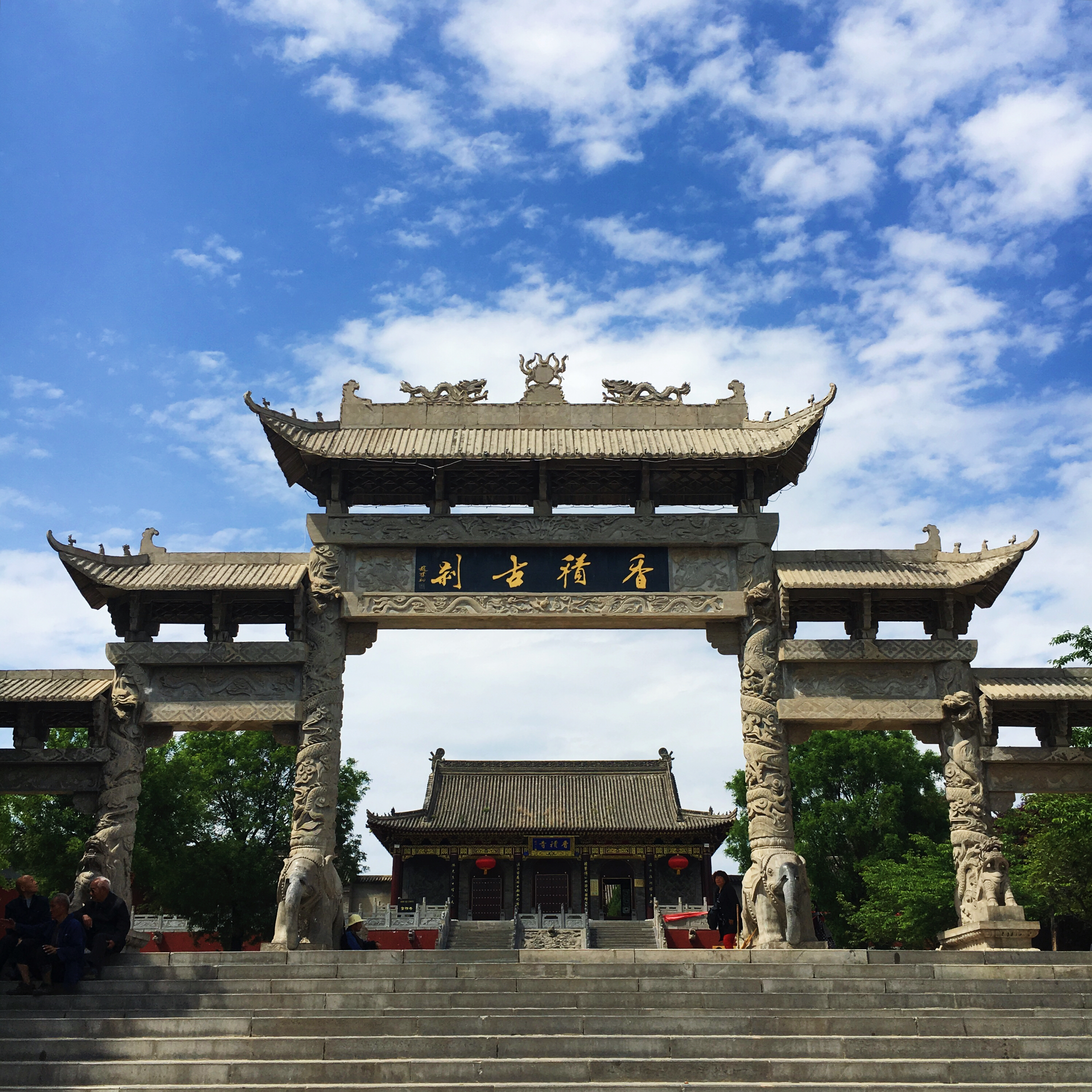


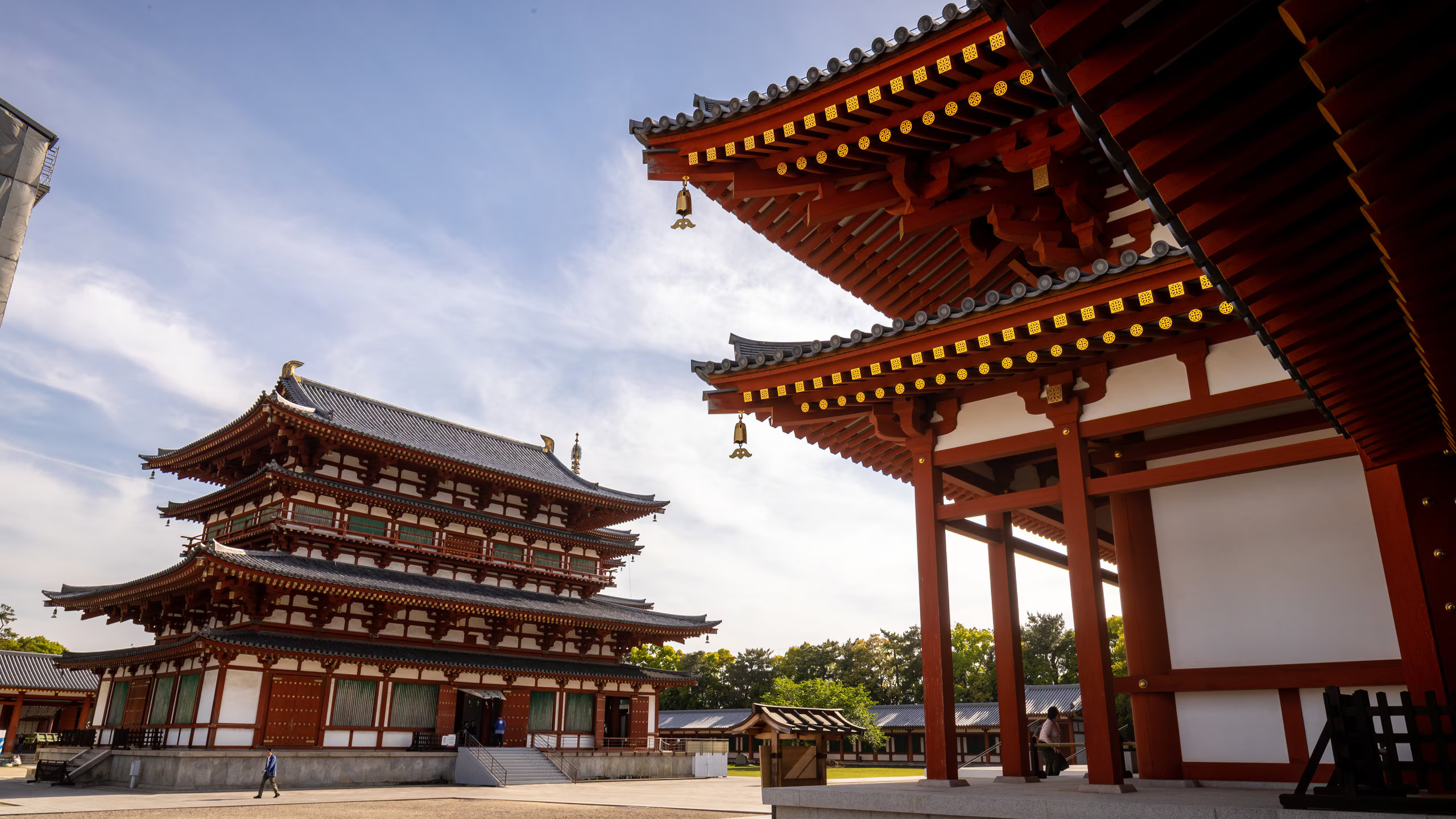
药师寺是一座位在日本奈良县奈良市西之京町的佛寺,与兴福寺并为法相宗的大本山。此寺本尊为药师如来,开基(创立者)为天武天皇。建于天武天皇9年(680年),1998年作为古都奈良的文化财的一部分被列入世界遗产名单之中。
Der Yakushi-ji (jap. 薬師寺) ist ein buddhistischer Tempel und der Haupttempel der Hossō-Sekte. Er liegt in Nishinokyo, dem nordwestlichen Teil der Stadt Nara in Japan. In ihm wird hauptsächlich der Buddha Yakushi verehrt.
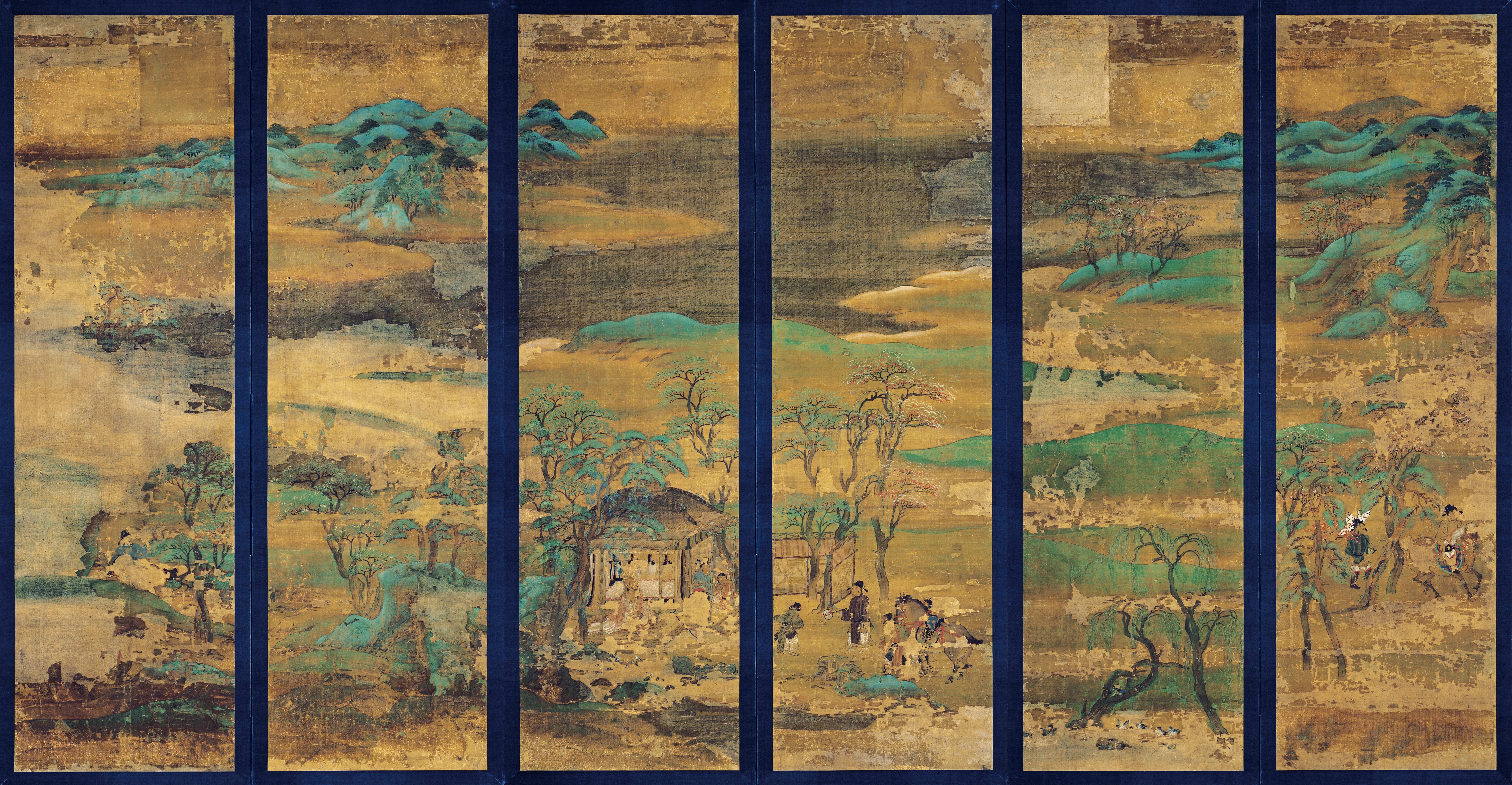
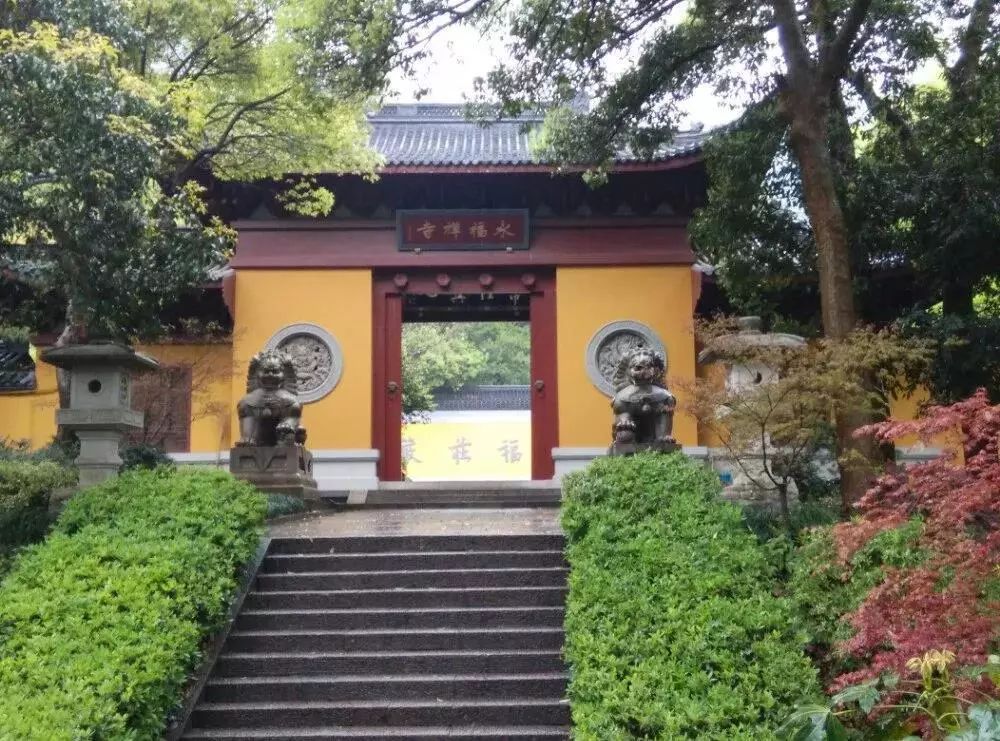
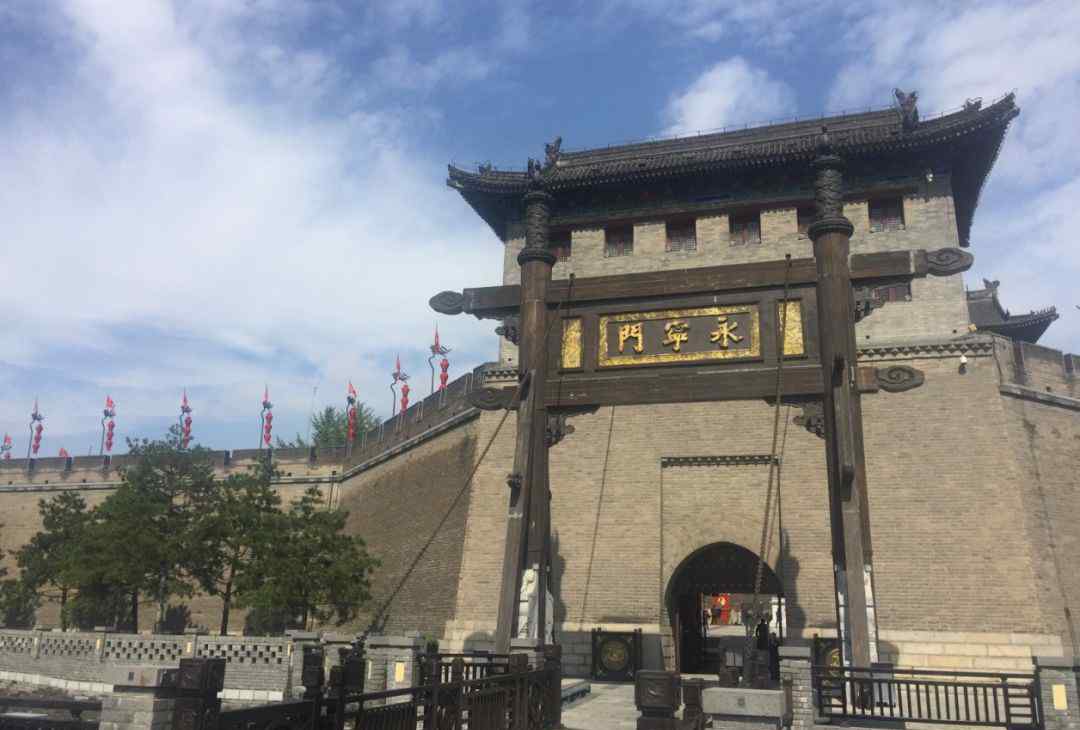
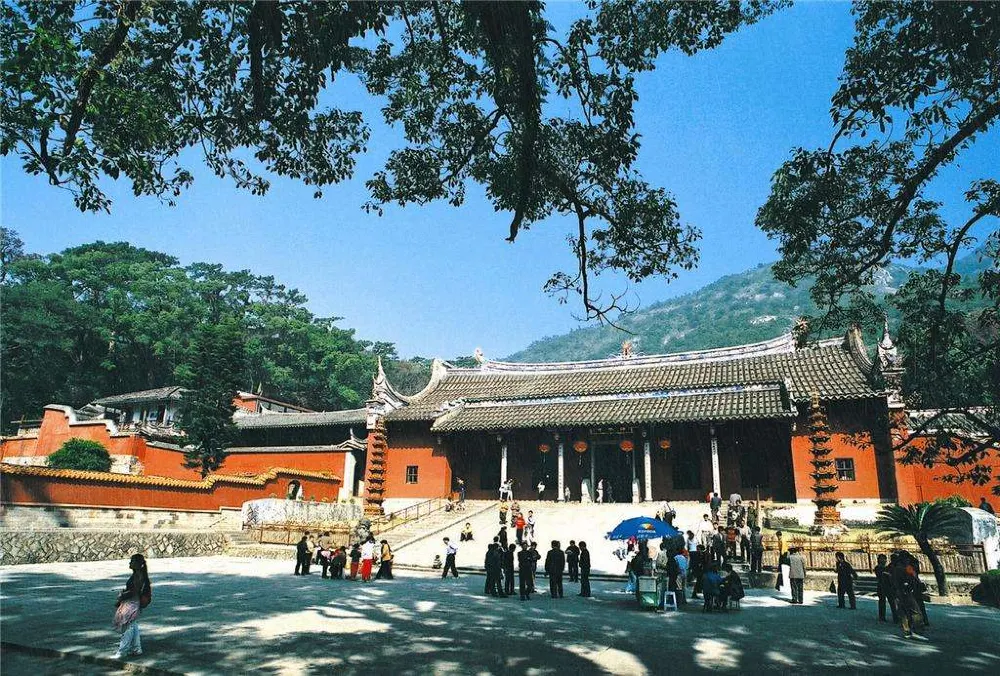

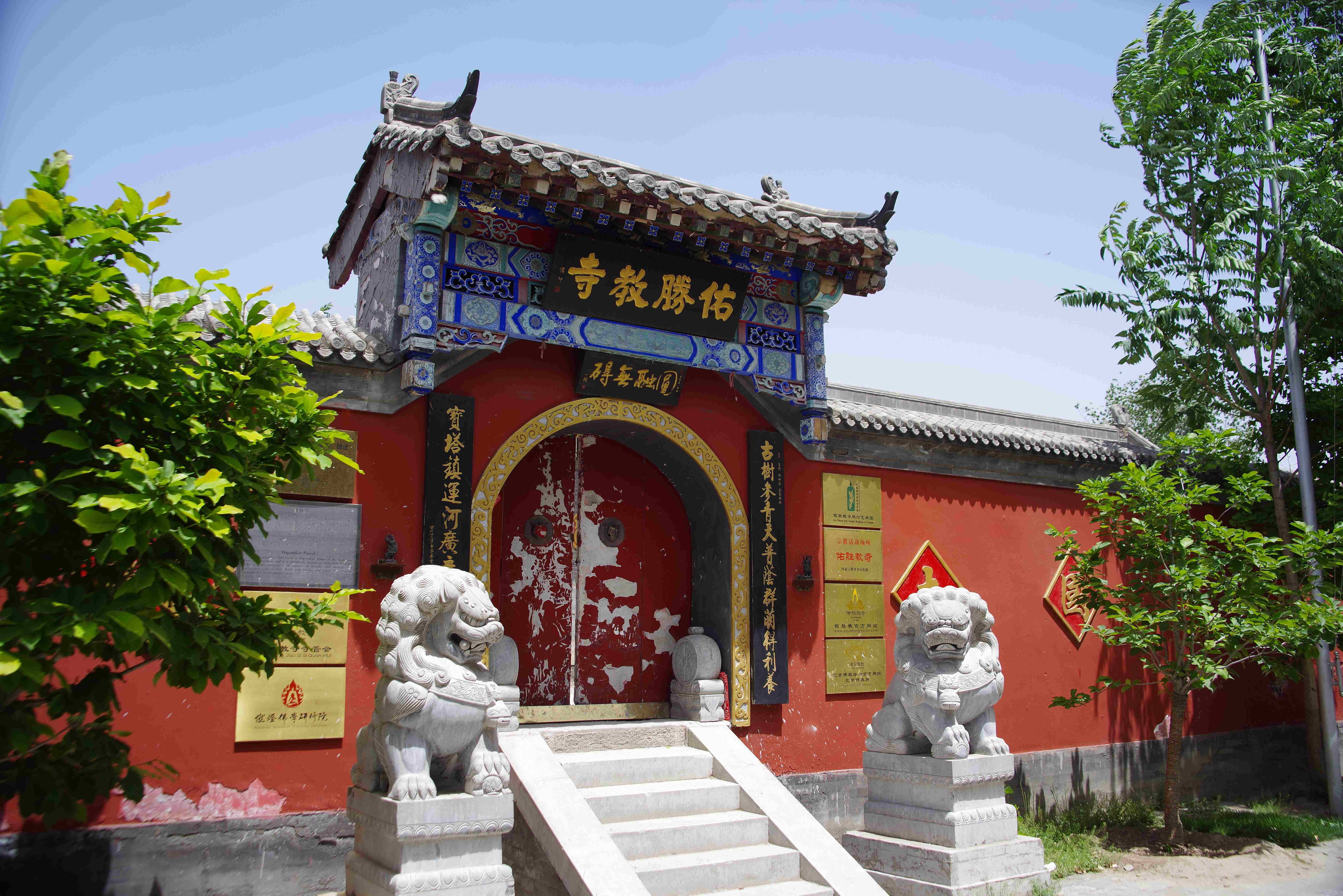

 History
History

 Science and technology
Science and technology
 日(≒365.24461日)、1
日(≒365.24461日)、1 日(≒29.530601日)。
日(≒29.530601日)。 Architecture
Architecture
 Religion
Religion
 World Heritage
World Heritage